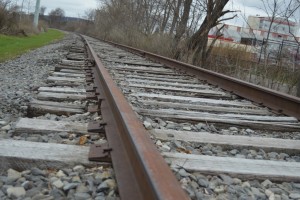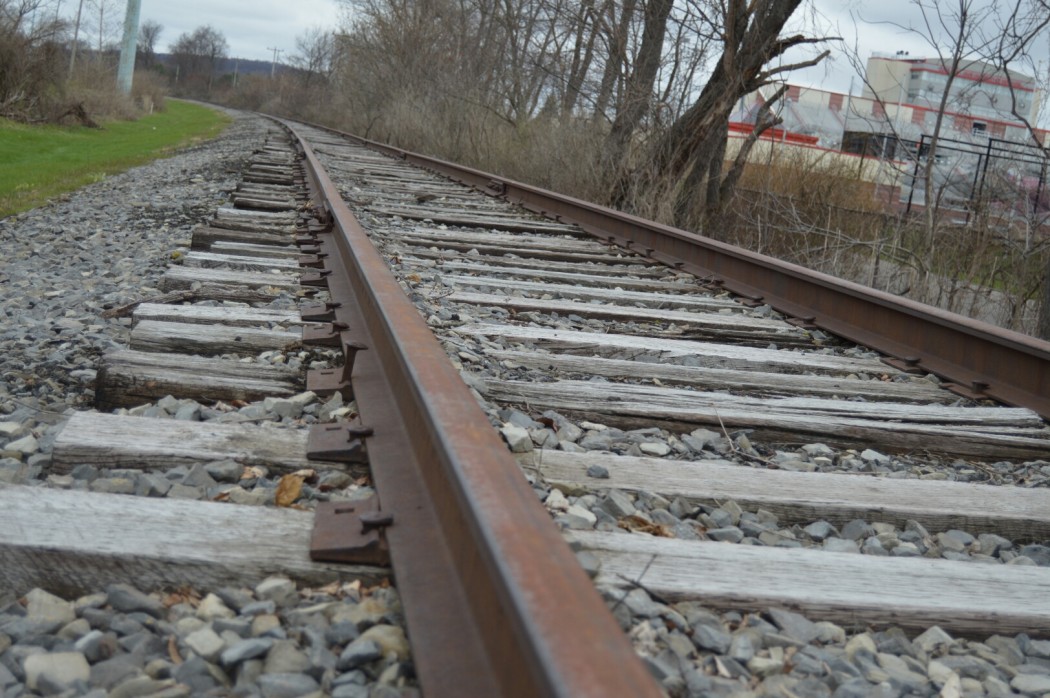>> Laws passed in secret. Dueling op/eds. A Governor at odds with legislators. Twitter wars.
Laws passed in secret. Dueling op/eds. A Governor at odds with legislators. Twitter wars.
Sounds like the start of a bad movie plot, right? But it is actually the state of light rail in North Carolina.
When legislators passed the “compromise” and long overdue budget back in September, there was a surprise. Under the cover of night, someone had inserted a secret provision capping state funding for light rail projects at $500,000. No one stood up to take responsibility for the provision, but plenty of legislators agreed with its intent.
“Light rail is sort of a dinosaur of the 20th century or the 19th century,” said Rep. Skim Stam, an Apex Republican, said. “If the cities want to do it, fine. But the state shouldn’t chip in on it.”
The cap undermines the efforts of DOT and the Governor to inject data and rationality into a transportation funding system that has long been plagued by partisanship and favoritism. Ironically enough, Governor McCrory played a pivotal role in starting Charlotte’s light rail line, a fact that he has touted over the years.
The cap also cancels out the N.C. Department of Transportation’s (DOT) $138 million commitment towards a proposed light rail line in Orange and Durham counties. And that’s where things get really sticky.
The General Assembly’s move against light rail came just as public hearings for the Orange-Durham line were underway. Op/eds have run in papers across the Triangle both opposing and supporting the proposed line, which would run 17 miles from UNC Hospitals in Chapel Hill to Duke University and downtown Durham. Activists have engaged in extensive back-and-forth debates on Twitter.
A Triangle commuter rail has been the topic of discussion for nearly 30 years. >>The News & Observer has reported that the trains would run on fixed tracks, powered by overhead electrical wires. The trains would average 26 mph and take about 42 minutes to travel from one end to the other. Each station would likely see a train every 10 to 20 minutes, depending on the time of day.
We all know that the Triangle is growing fast and that traffic is getting worse. So, why is light rail so controversial?
Opponents contend that the region is not dense enough to support light rail and that ridership won’t help traffic congestion. Some argue that the stops are in the wrong places, and some neighborhoods have even successfully requested that proposed stops be removed from their backyards. Others argue that buses are just as effective and far cheaper.
That’s where the biggest part of the rub comes in – the expense. State funds covered 25 percent of the costs of Charlotte’s light rail lines. The state’s tab is expected to come to about $400 million for the Blue Line, which opened in South Charlotte in 2007, and the Blue Line Extension to UNC Charlotte, now under construction. Total costs for the extension alone are about $1.1 billion.
Supporters believe the investment is worth it, noting the benefits to the environment and the savings in time and traffic that will likely grow over time. In Philadelphia, between 2005 and 2010 highway travel fell by 9.3 percent while regional rail ridership increased by more than 15 percent.
There is also an economic development argument, as many businesses and families are looking for public transportation options as they relocate. >>Supporters note that light rail in Charlotte attracted $1.8 billion in new transit-oriented development.
There is no single answer to the transportation challenges faced by North Carolinians each day – as they hop on highways to get to work each day. But, light rail is an important, valuable and viable option – one that local residents and governments ought to be able to consider with the support of the state.
Legislators have no business killing local options in back rooms and secret meetings. Even House Republicans realized that, and voted to undo the cap before adjourning. We’ll have to wait and see if the Senate follows suit when the short session convenes in April.
In the meantime, maybe we can all realize that North Carolina desperately needs real transportation solutions – more than just roads and cars. Maybe instead of bickering and bullying, we could focus on working on finding those solutions.

There are no comments
Add yours